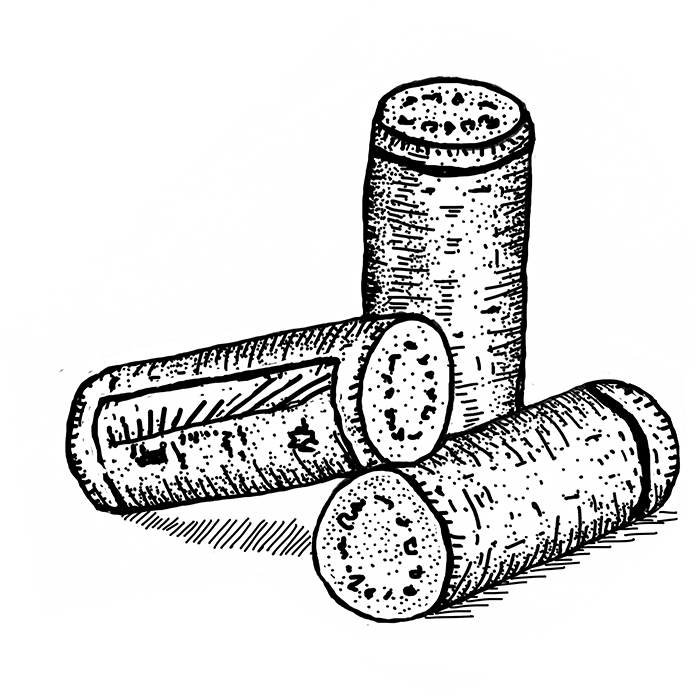Finding faults: cork taint
Author: Sophie Thorpe

“Would you like to taste the wine?” Well, yes – of course. But when a waiter presents us with a splash of liquid to swirl and sip, what exactly are we meant to be looking for? It’s not really about whether you like the wine; it’s about whether there is anything wrong with it.
Cork taint is the most common and well-known wine fault. It’s thought to affect between 2 and 5% of wines under cork (although has historically been much higher in certain parts of the world). It’s caused by the presence of various compounds, the most common of which is 2,4,6-trichloroanisole, often abbreviated to TCA. While these are most often found in cork, it is possible for these compounds to come from other sources in the winery – so, while it’s less likely, you can still find corked wine that is bottled under screwcap. (In fact, cork taint is not limited to wine.)
At high levels, cork taint smells musty, like wet cardboard, but at low levels can just subdue the fruit. It can be harder to distinguish on wines with age, which will often have something a little savoury and earthy, like mushrooms or forest floor – often described as sous-bois – that can be easily confused with low levels of TCA.
People’s sensitivity to cork taint varies massively; but it is one of the few faults that is always considered a fault. Sadly, there is nothing you can do to remove it – the taint tends to become more obvious with exposure to oxygen. The wine won’t harm you, but it won’t taste good.
Next time, we’ll be looking at brettanomyces. Follow our series on wine faults here.


